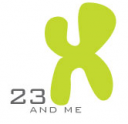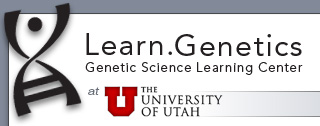Although the article in today’s New York Times – “DNA Tests Offer Immigrants Hope or Despair” by Rachel L. Swarns – uses traditional paternity or maternity tests and not genetic genealogy tests, the emotional results of the tested can often be the same. What if DNA proves that your father isn’t your biological father? What happens when there is uncontestable proof that there was an NPE (non-paternal event) in your great-grandfather’s ancestry?
According to the article, federal officials in the Immigration Department are using “genetic testing to verify the biological bonds between new citizens and the overseas relatives they hope to bring here, particularly those from war-torn or developing countries where identity documents can be scarce or doctored.”
 I get visitors from search engines nearly everyday looking for information about the startup business 23andMe. I’ve briefly mentioned 23andMe
I get visitors from search engines nearly everyday looking for information about the startup business 23andMe. I’ve briefly mentioned 23andMe  I
I